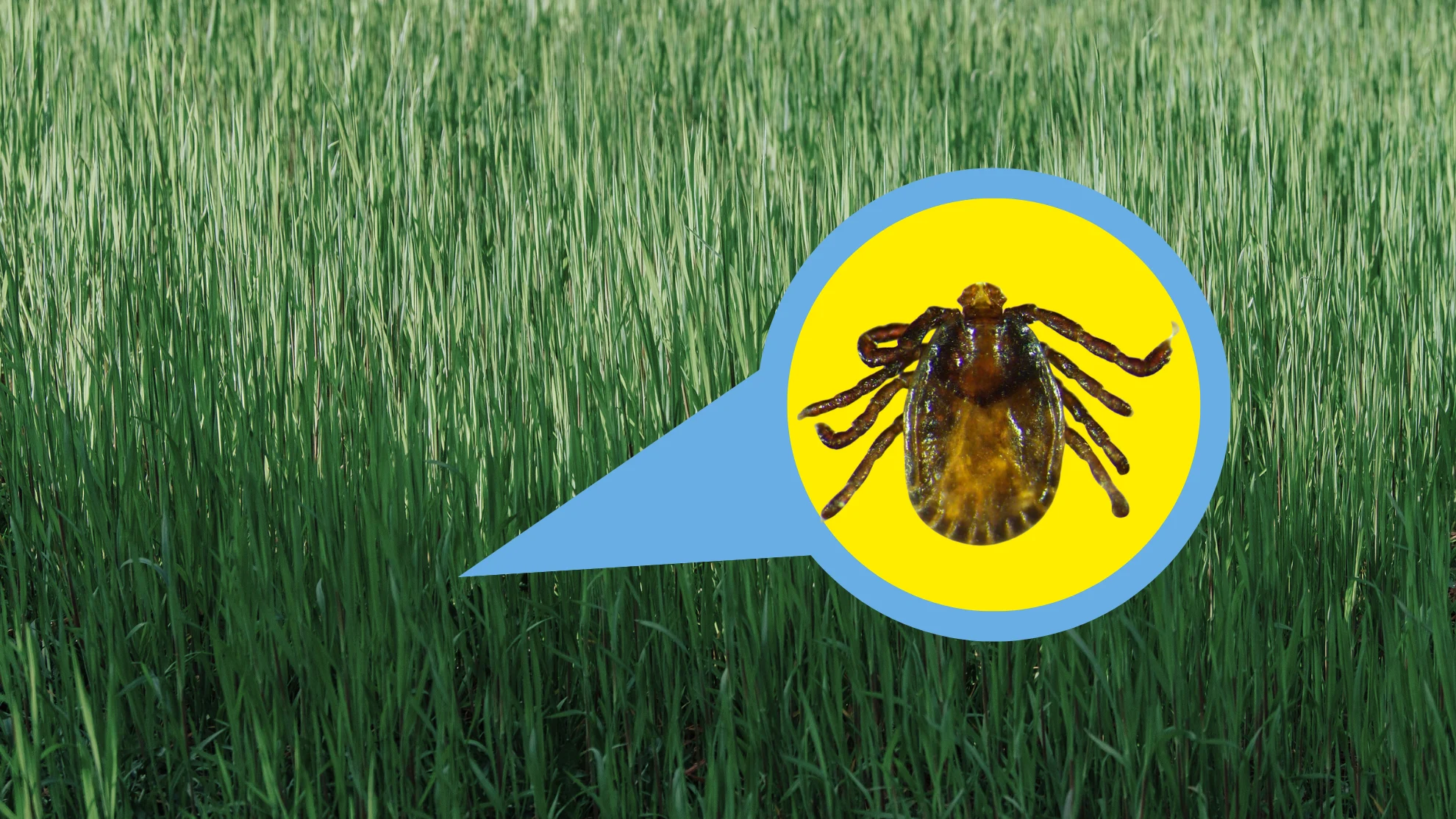
Self-replicating tick that can spread disease continues to spread in N. America
In the past, long, cold winters acted as a natural barrier that prevented the longhorned tick population from gaining ground in North America, but warmer weather is helping it spread.
An invasive tick that can reproduce without mating and cause a“debilitating” infection in humans has been detected in Maine for the first time, according to a recent statement on The University of Maine’s (UMaine) website.
The tick, found in Cumberland County, was discovered through the University’s tick surveillance program. Additional searches did not locate other specimens.
The tick was a juvenile and could not reproduce.
A growing problem due to climate change
UMaine says the tick was first found in the U.S. in 2017 in New Jersey.
Since then, it has been documented in 20 states, where it has fed on animals and people, in some cases transmitting pathogens that can cause serious illness.
It’s unclear if the newly-found tick can transmit pathogens. Officials are continuing to monitor the situation.
In the past, long, cold winters acted as a natural barrier that prevented the longhorned tick population from gaining ground in North America, but warmer weather is helping it spread.
“I am afraid to say that it is a storm brewing,” Goudarz Molaei, director of the Connecticut Agricultural Experiment Station’s tick-testing program, told NBC News.
“Climate change eventually will almost eliminate winter in our region. And this tick, like other tick species, will be active year-round.”
Canadian experts are monitoring risk
No pathogens have been found in Asian longhorned ticks in Canada, but the species has transmitted diseases to humans in Asia, namely encephalitis, characterized by inflammation that contributes to brain swelling.
Asian longhorned ticks are not considered an immediate public health risk in Canada, but experts have been monitoring and preparing for potential risk in the future.
Reproduce without mating
Female Asian longhorned ticks can reproduce without mating and can spread quickly, laying up to 2,000 eggs over three weeks in the early summer, if temperature and humidity levels cooperate.
Spot a tick (of any kind?) Here's what to do
Remove the tick immediately using fine-tipped tweezers. If you find a tick on your pet, contact your vet.
Do not squeeze the body during the removal process, as this can accidentally let Lyme disease bacteria into the body.
Do not put anything on the tick or try to burn it, as this may prompt the tick to release bacteria into the bite area.
Clean the bite area with soap and water.
Seek medical attention immediately. If possible, bring the tick with you.
And remember ...
While ticks can be scary, using a DEET repellent, showering immediately after returning home, and wearing long pants and sleeves outside make a difference.
"As bad as Lyme disease can be, usually the outcome is quite good if it's treated early," Robert Colautti, an Associate Professor of Evolutionary Ecology and Ecological Genomics at Queens University, told The Weather Network in 2022
"And, of course, there are many, many benefits to getting outside and getting exercise and fresh air. I think it's important to balance those risks."
You can learn more about ticks and tick research in Canada by visiting mylyme.ca.
Header image source: UMaine. Grass image: File photo from Canva Pro.
